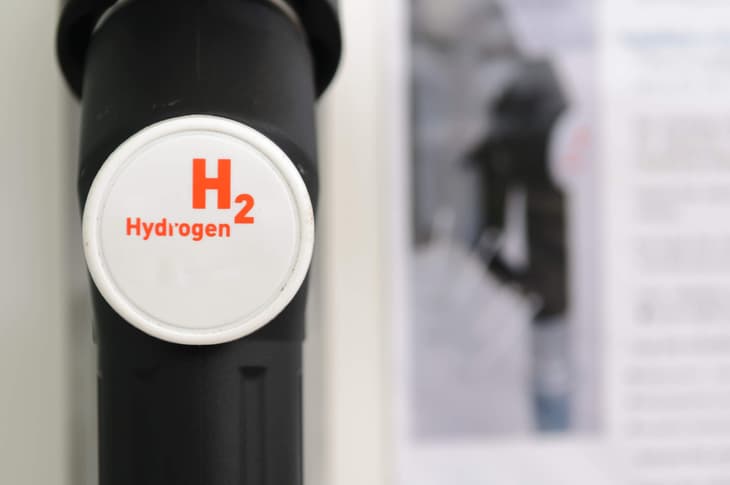Instead of exhaust fumes, the only emission from a hydrogen vehicle is water vapour. And that’s pretty much the only change for the driver.
The range of a hydrogen fuel cell electric vehicle (FCEV) is similar to a combustion engine, the fuelling process is still with a classic fuel pump, and the time taken to refuel is just like a conventional petrol or diesel car: three to five minutes.
The number of hydrogen refuelling stations worldwide has more than doubled in the last five years, marking the path towards more widespread commercial deployment. Geographical analysis by H2stations.org, an information service of Ludwig-Bölkow-Systemtechnik (LBST), showed the expansion of the hydrogen refuelling infrastructure has mainly been taking place in Asia and Europe. In North America, development is concentrated in California in the US and, more recently, British Columbia in Canada. According to data from H2stations.org, there were 434 stations in operation worldwide at the end of 2019.
Convinced of hydrogen’s potential and backed by its expertise, Air Liquide is laying the groundwork for the advent of a hydrogen-based society. The French company operates along the entire hydrogen value chain, from production and storage to distribution and the development of applications for end users, thus contributing to the widespread use of hydrogen as a clean energy source, for mobility in particular.
... to continue reading you must be subscribed






